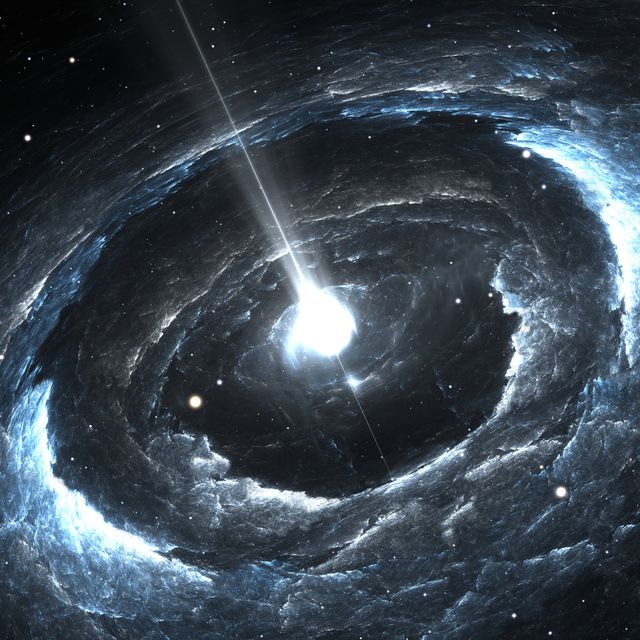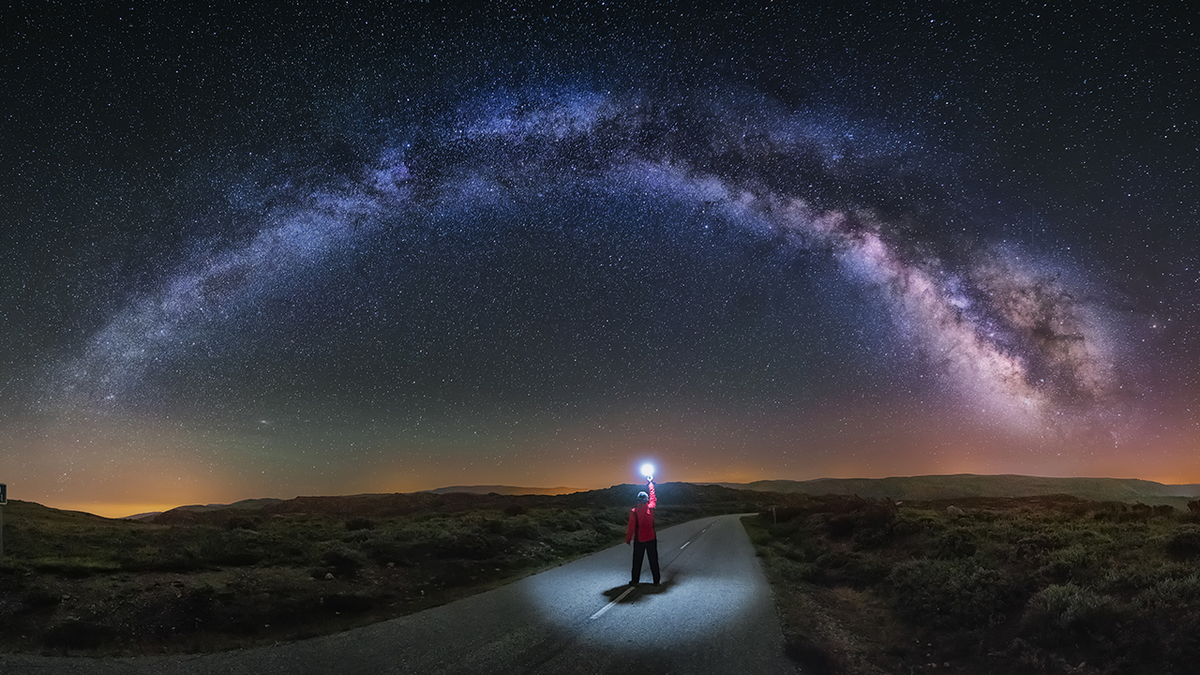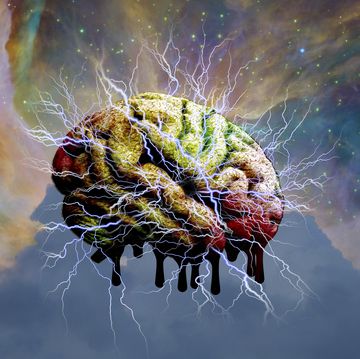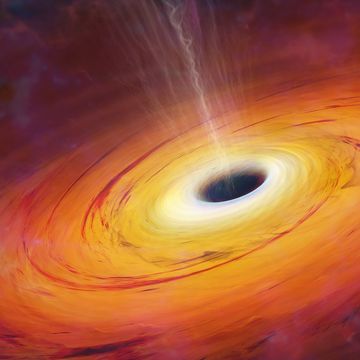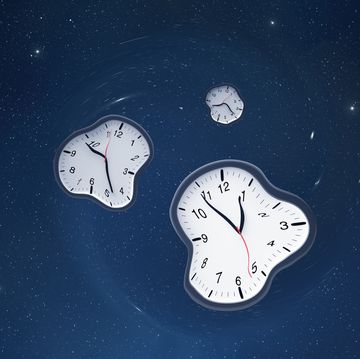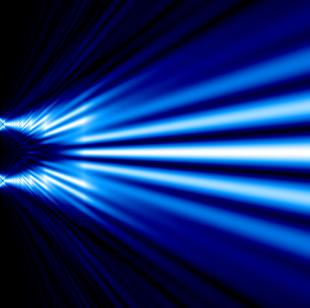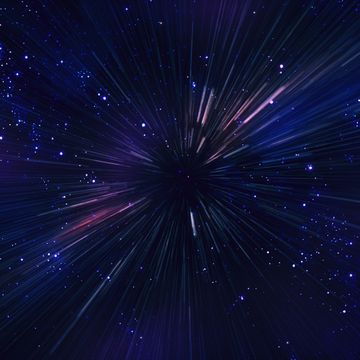- Scientists have mimicked a neutron star in a new hypothetical experiment.
- The goal is to smash together particles to make electrons and positrons for study.
- The positrons are channeled away from the action in powerful jets.
An international team of physicists have come up with a way to generate antimatter in the lab, allowing them to recreate conditions that are similar to those near a neutron star.
This setup, at Helmholtz-Zentrum Dresden-Rossendorf (HZDR) research laboratory in Germany, involves two high-intensity laser beams that can generate a jet of antimatter, as outlined in a paper published earlier this summer in the journal Communications Physics. That could make antimatter-based research far more accessible for scientists around the world.
🤯 You love mind-blowing science. So do we. Let's explore it together.
But why base this work around neutron stars? These collapsing stars, on the brink of death, are one of the most steady sources of antimatter that we know of at the moment. Due to incredible gravity, the protons and neutrons in a dying star's core are greatly condensed.
"[P]rotons and electrons are literally scrunched together, leaving behind one of nature's most wondrous creations: a neutron star," NASA explains. "Matter is packed so tightly that a sugar-cube-sized amount of material would weigh more than 1 billion tons, about the same as Mount Everest!" This makes neutron stars a perfect laboratory for phenomena of extreme physics, like the creation of antimatter.
For its part, antimatter is—as its name suggests—the opposite of matter. It includes various antiparticles that combine with particles and cancel each other out, leaving just energy behind. The antiparticle version of an electron, for instance, is a positron.
"The Big Bang should have created equal amounts of matter and antimatter," according to the Geneva, Switzerland-based European Organization for Nuclear Research (known internationally as CERN), home of the Large Hadron Collider. "So why is there far more matter than antimatter in the universe?" That question is exactly what drives so much research into antimatter.
That brings us back to the beginning: Why are scientists so eager to reproduce the conditions of a neutron star? It's for two reasons. One, it's tremendously difficult to recreate a neutron star's extreme conditions in terms of the science and logistics—imagine if a sugar cube weighed as much as Mount Everest in your laboratory! Two, scientists want to make antimatter for further analysis in the lab.
For instance, if a researcher wants to study the conditions surrounding pulsars—ultra-dense neutron stars that regularly rotate and emit light like a lighthouse—they'd have to schedule time at a facility with a massive particle accelerator, like the Large Hadron Collider. The ability to create antimatter in the lab, though, could help scientists more quickly unravel the mysteries of high-energy antimatter (like the positrons that slam toward Earth's upper atmosphere).
So how did the researchers at Helmholtz-Zentrum Dresden-Rossendorf figure out how to generate antimatter? They're using opposing lasers in a setup they're referring to as a laser pincer. From their new paper:
These positrons [antiparticles of electrons] are generated when two high-energy electron beams, accelerated by and copropagating with laser pulses that are guided along a plasma channel, collide head-on, emitting synchrotron photons that collide with each other and the respective oncoming laser.
What's in the middle? This time, there's a tiny piece of plastic that both lasers shoot toward. As the lasers destroy the plastic, they send clouds of electrons toward each other. "These two electron clouds then race toward each other with full force, interacting with the laser propagating in the opposite direction," HZDR physicist Toma Toncian says in a prepared statement. The particles generated by this violent collision include electrons and positrons, and the positrons are shot away in dramatic jets.
By smashing particles together between two lasers, scientists can begin to approach the intensely concentrated gravity and matter of a neutron star—similar to the way a diamond anvil can highly compress an extremely tiny amount of matter. These specialty tools help physicists create the specific conditions they need to study microscopic and quantum phenomena up close and personal.
In this case, scientists are still speculating that the laser pincers will work, with support from a computer simulation that has helped them test and confirm their theory. Now, the next step is to begin building the rig that will really fire the lasers. "[C]olleagues are developing a platform that can be used to experimentally test whether the magnetic fields actually form as our simulations predict," Toncian says.
🎥 Now Watch This:

Caroline Delbert is a writer, avid reader, and contributing editor at Pop Mech. She's also an enthusiast of just about everything. Her favorite topics include nuclear energy, cosmology, math of everyday things, and the philosophy of it all.
